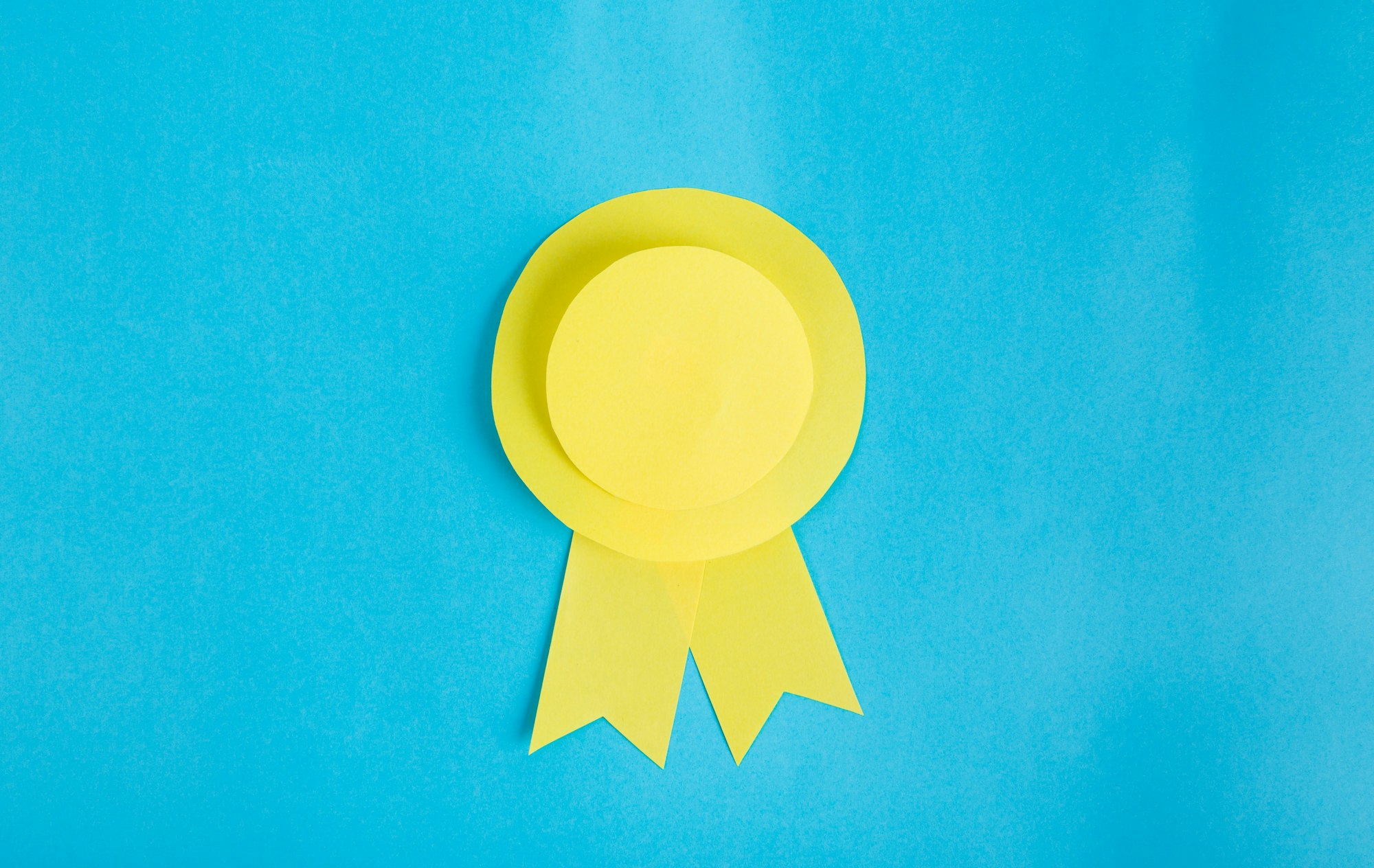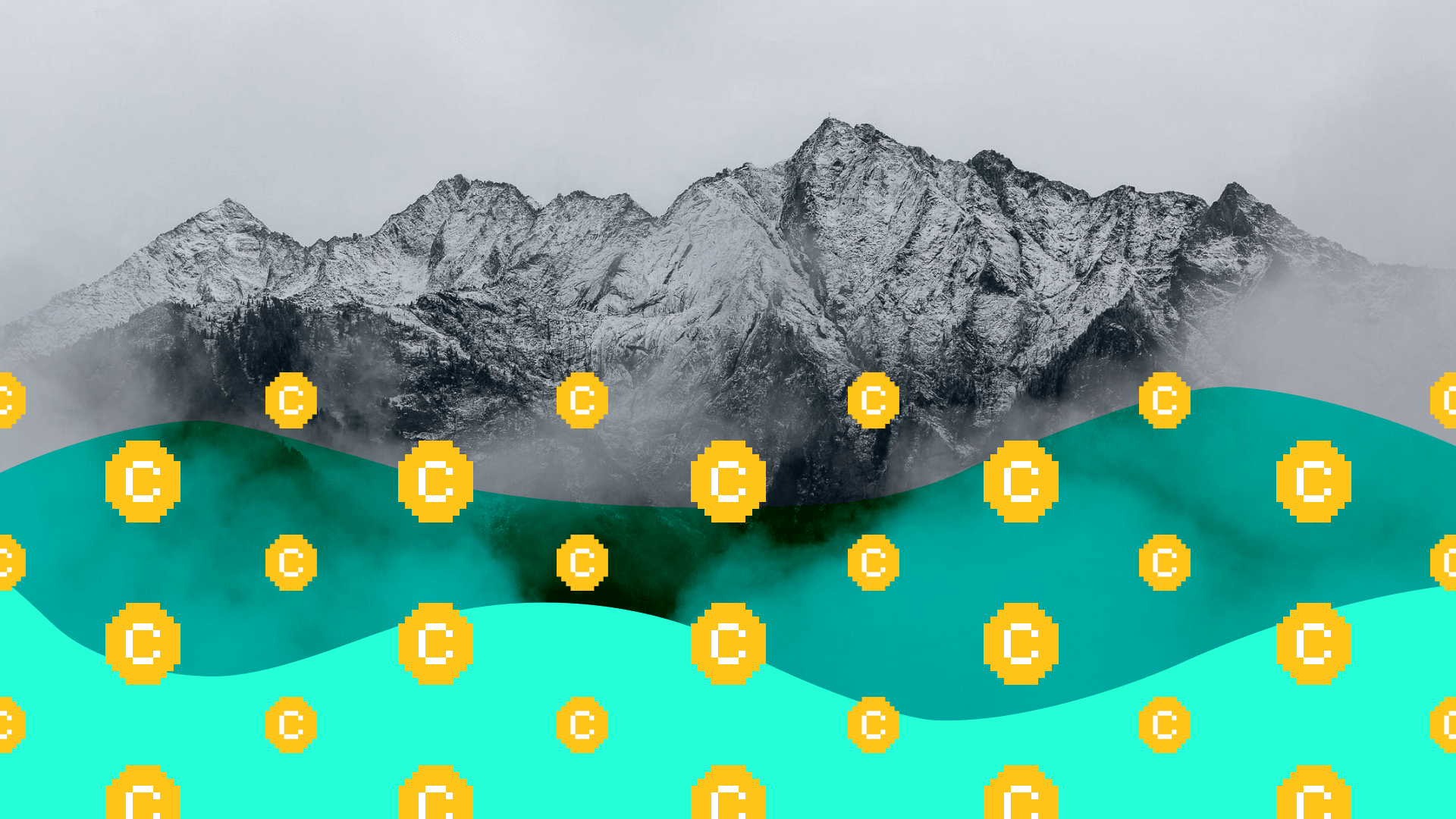Not too long ago, rewards programs were synonymous with classic points programs. Since then, customer preferences and competitive landscapes have changed the face of ecommerce and as a result, rewards programs have had to change with it. Today, a brand’s rewards program can consist of a number of different reward systems like points, punch cards, VIP tiers, and referrals.
While having more options for building a rewards program helps build stronger programs, the variety of choices available presents a new challenge for brands — how do you make sense of all your options and create the best rewards program for your brand? More importantly, how do you build the best program for your customers?
Different rewards programs are designed to elicit different responses and behaviors from the customers that interact with them. Understanding where each type is most applicable is a key step in building a rewards program that creates value for both your business and your customers.
In this post, we’ll outline some common business and customer characteristics that lend themselves to certain rewards program structures. It’s important to note that almost no brand will be worse off for implementing a rewards program of any kind, but this guide can help brands prioritize which program types can make the largest impact.
What kind of rewards program is best for your business?
While it’s no surprise that we’re big advocates of rewards programs, we understand that not every program type makes sense for every brand. We often hear merchants concerned about the financial impacts a rewards program can have on their bottom line. But with proper program configuration and program type, a rewards program will actually increase long-term profits.
Let’s dive into which loyalty program types make the most sense for various brands based on industry and business stage.
The best rewards programs align with your industry
One of the most dominant forces in deciding what type of program a brand should use is the industry the brand operates in. Industry standards create customer expectations that can make certain rewards programs a practical necessity. For example, the beauty industry is a prime location for VIP programs like Sephora’s VIB Rouge and Blume’s Blumetopia. These customers crave the elite, first-class feelings that accompany a VIP program as well as the beauty products themselves.

Another great example of matching your rewards program to your product or industry is community-driven industries like pet supplies or baby products. Industries like these rely on social proof and require a high level of trust before customers commit to making a purchase, making them the perfect fit for referral programs. These brands know that their industry is built on gaining customer trust and effectively, so they turn to referral programs to let their best customers do their customer acquisition marketing for them.
These examples aren’t isolated instances, either. Subscription services frequently involve a points program and coffee shops live and die by punch card programs. We could continue listing examples all day, but the moral of the story is that when it comes to deciding what kind of rewards program to build for your customers, the characteristics of your product and industry can often point you in the right direction.
It’s equally important to know what kind of rewards program would not make sense for your industry. If you sell large, high-investment items like mattresses or furniture, points, VIP, and punch card programs wouldn’t make much sense since your customers’ purchase frequency is so low. In this instance, a referral program is the best bet. Ensure you’re always keeping an eye on what industry competitors are doing and evaluate what you like and don’t like about their loyalty programs to optimize your own.
The best rewards programs match your stage of business
As brands grow and develop, they go through stages with unique objectives that help lead the business to success. Early on in the life of your brand, you might find yourself in the growth phase where your primary objectives are creating a name for yourself and getting in front of customers. A more established business in the maturity stage might be more concerned with deepening customer relationships and establishing protection from competitors.

While a rewards program can help a brand in every stage of its business, a growth-stage organization will benefit heavily from a referral program designed to spur rapid growth. Based on the principle of reciprocity, referrals offer a quick and attainable benefit for both the referring and referred customer. You’ll have existing customers eager to share the brand for a discount on their next purchase and new customers more willing to make the first purchase given the discount they received.
On the other hand, a more mature organization may actually be battling market saturation. In this case, rapid growth isn’t the primary objective — protecting the brand from competitors is. Suddenly, reward systems like points programs and VIP programs become the “must haves” as they specialize in long-term customer retention. These programs build relationships over time and reward customers more and more for their continued commitment to your brand. Essentially, when customer retention is the name, points and VIP programs are the game.
Luckily, we happen to know a loyalty program provider that offers a variety of plans with features fit for ecommerce businesses at every stage of their business. With 4 distinct pricing plans, check out which Smile Rewards program fits your needs.

What kind of rewards program is best for your customers?
Equally important to meeting your business goals when choosing a loyalty program type is meeting your customers’ goals and preferences. You need to ensure that whatever you offer customers is motivating so that they join in the first place.
In this section, we’ll consider different customer behaviors that influence important retention metrics such as customer acquisition costs and customer lifetime value. Let’s find out how loyalty programs can help positively influence both of these factors.
The best rewards programs account for your customer acquisition costs
Customer acquisition is an important and sometimes costly part of doing business. Between marketing, advertising, and sales, every brand has to bear some form of customer acquisition cost. The thing is, not all acquisition costs are created equal.

A brand might have high acquisition costs for any number of reasons. Your target market might be a popular customer segment (ex. Millennials or Gen Z), making competition for their attention fierce. Your product might be a large purchase like a vehicle which would require exposure to multiple rounds of advertising before a customer is ready to commit to a purchase. Your industry might even rely on a sales team which can lead to acquisition expenses like commissions and bonuses.
A referral program can help these high CAC (customer acquisition cost) businesses by using rewards to mobilize their existing customers as part of their acquisition efforts. This allows the brand to acquire new customers through referrals instead of incurring the regular, more expensive, acquisition initiatives.
Clearly, a referral program can help reduce customer acquisition costs for every brand but how do you know if you have high acquisition costs? Well, the answer varies from industry to industry but we’ve put together a basic formula that can help get you started.
Beyond calculating your average CAC, some questions to consider are:
- How many purchases would a customer have to make before your business makes up its acquisition spend?
- What percentage of your customer lifetime value is eaten up by acquisition costs?
Speaking of CLV...
The best rewards programs consider your customer lifetime value
Customer lifetime value (CLV for short), is a measure of how much money a customer will bring your brand over the entire period of time that they shop with you. As you might have guessed, brands with a high CLV are naturally better off than brands with lower lifetime values. That being said, there is still room for a rewards program to help both groups improve.
For brands with a high CLV, the “must have” is a VIP program. Customers who pay large amounts of money over long periods of time are extremely valuable if a brand can get them to commit early and keep them for the long haul. A VIP program does exactly that! New customers start off at an entry-level tier and are given the opportunity to move up over time, earning more valuable rewards and cooler benefits as they do. This promise of future benefit is what keeps customers coming back and consequently, what allows brands to make the most of their high lifetime values.
For brands with low customer lifetime values, a points program is a great way to improve CLV quickly. You can calculate your brand’s CLV using the formula above, but it’s important to remember that increasing your purchase frequency (PF) and your average order value (AOV) are the two fastest ways to increase your customer lifetime value. A points program increases purchase frequency by giving customers points every time they shop with you, which will keep them coming back more often.
Points programs also increase AOV by giving customers a reason to toss another item into their carts. By allowing shoppers to earn points on every dollar spent, a points program can help increase your CLV and make your brand more profitable as a result!
Your brand is one of a kind and your rewards program should be, too
As you can see, reward programs have come a long way from just punch cards and points programs. Since each brand and every customer segment is unique, the reward programs that connect them should mirror that diversity.
It’s important to remember that this guide wasn’t created to disqualify certain businesses from using particular rewards programs, but rather to help prioritize the “must-have” features for businesses appealing to specific customer segments. Rewards programs aren’t a one size fits all solution—they’re a one-of-a-kind solution that combines your industry, product, and customers to create value for everyone involved. So we guess the best kind of rewards program is the one that works for you!










